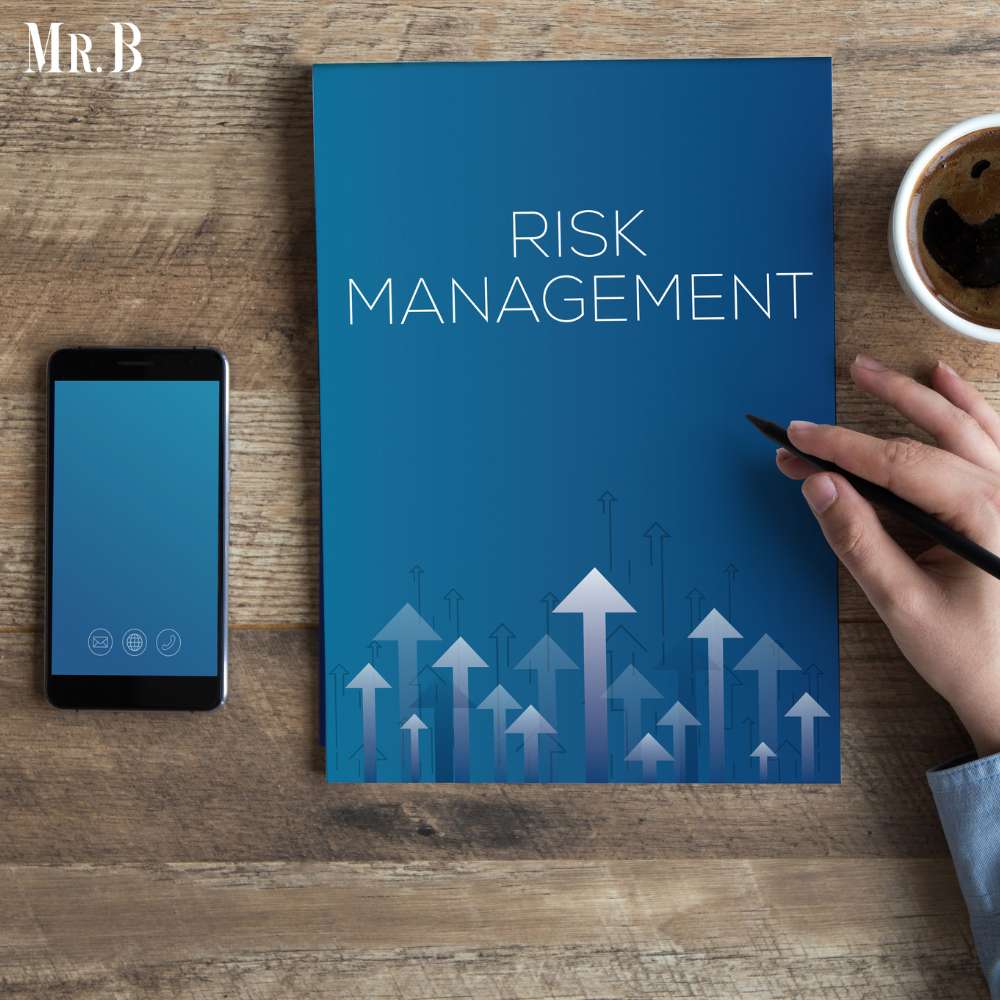The risk and return relationship is fundamental in investments. In the ever-evolving landscape of finance, the dynamic interplay between risk and return is at the core of investment decisions. Innovations in risk and return relationship management have not only reshaped traditional approaches but have also introduced new paradigms to navigate the complexities of financial markets. This article explores the transformative innovations that have revolutionized how investors perceive and manage risk, delving into market conditions influencing returns and the profound role of psychology in shaping risk perception and decision-making.
Understanding the Risk and Return Relationship: A Fundamental Overview
The risk and return relationship is a fundamental concept in finance that underscores the trade-off between the potential for profit and the level of uncertainty or risk associated with an investment. Investors seek to strike a balance between achieving optimal returns and managing risk within their risk tolerance.
Innovations in Risk Management Strategies:
1. Integration of Artificial Intelligence (AI) and Machine Learning (ML):
The integration of AI and ML has revolutionized risk management strategies. Advanced algorithms can analyze vast datasets to identify patterns, predict market movements, and assess potential risks. These technologies enhance the accuracy and efficiency of risk assessments, allowing investors to make more informed decisions.
2. Blockchain Technology:
Blockchain, known for its application in cryptocurrencies, also plays a significant role in risk management. Its decentralized and secure nature ensures transparency in transactions, reducing the risk of fraud and improving the overall integrity of financial systems.

3. Quantitative Risk Models:
Quantitative risk models leverage mathematical and statistical techniques to evaluate and quantify risks. These models provide a systematic approach to understanding the various factors that contribute to risk, allowing for more precise risk management strategies.
Market Conditions and Expected Returns:
1. Bull and Bear Markets:
Market conditions significantly influence the expected returns on investments. In a bull market characterized by rising prices and investor optimism, returns are generally favorable. Conversely, during bear markets marked by falling prices and pessimism, returns tend to be lower. Investors need to adapt their strategies based on the prevailing market conditions.
2. Interest Rate Environment:
The interest rate environment is a crucial determinant of returns. In a low-interest-rate environment, investors may seek higher returns in riskier assets, while in a high-interest-rate environment, safer assets may become more attractive. Understanding interest rate dynamics is essential for crafting effective risk-return strategies.
3. Economic Factors and Industry Trends:
Economic conditions and industry trends also impact returns. During economic expansions, certain industries may outperform, leading to higher returns. Conversely, economic downturns may present challenges, requiring a more defensive investment approach.
The Role of Psychology in Risk Perception:
1. Behavioral Finance Insights:
Psychology plays a pivotal role in shaping how investors perceive and respond to risk. Behavioral finance explores how cognitive biases and emotions impact decision-making. Cognitive biases, such as loss aversion and overconfidence, can lead to suboptimal choices, as investors may react emotionally rather than rationally to market fluctuations.

2. Risk Tolerance and Investor Profiles:
Understanding individual risk tolerance is critical. Different investors have varying comfort levels with risk, and their psychological disposition influences their investment decisions. Financial advisors leverage insights from behavioral finance to tailor investment strategies that align with clients’ risk profiles and psychological biases.
3. Impact of Sentiment on Market Dynamics:
Investor sentiment, often driven by psychological factors, can create market trends. Herding behavior, where investors follow the crowd, can lead to market bubbles or crashes. Innovations in sentiment analysis, using data from social media and news sources, enable investors to gauge market sentiment and make more informed decisions.
Risk and Return Relationship Correlation:
1. Positive Correlation:
A positive correlation between risk and return implies that higher potential returns are associated with higher levels of risk. Riskier assets, such as stocks, have the potential for greater returns but also come with higher volatility and uncertainty.
2. Negative Correlation:
Conversely, a negative correlation suggests that certain assets may provide returns that are less sensitive to market fluctuations or economic downturns. Bonds, for example, are often considered safer assets with a negative correlation to equities.
3. Diversification Strategies:
Diversification is a key strategy to manage the risk and return relationship. By combining assets with different risk profiles in a portfolio, investors can potentially enhance returns while reducing overall risk. Diversification helps mitigate the impact of poor-performing assets on the entire portfolio.

Conclusion:
Innovations in risk and return relationship management have ushered in a new era of possibilities for investors. From advanced technologies like AI and blockchain shaping risk management strategies to a deeper understanding of the psychological factors influencing decision-making, the financial landscape is evolving rapidly. Acknowledging the intricate interplay between risk and return and staying abreast of innovative approaches is essential for investors seeking to navigate the complexities of today’s markets.
As the financial industry continues to embrace technological advancements and behavioral insights, the risk and return relationship becomes not just a fundamental concept but a dynamic field of exploration, offering unprecedented opportunities for those willing to adapt and innovate. The evolving landscape underscores the importance of staying informed and agile in a world where the risk and return relationship is continually redefined by progress and innovation







